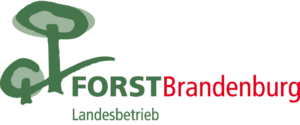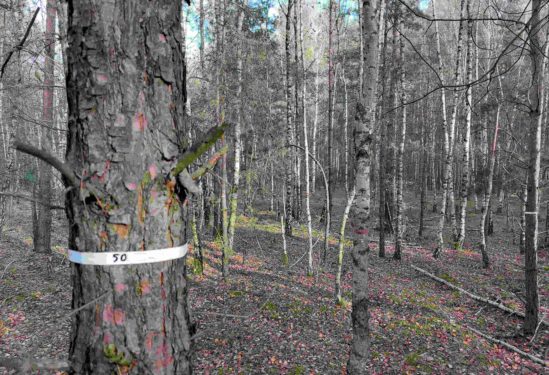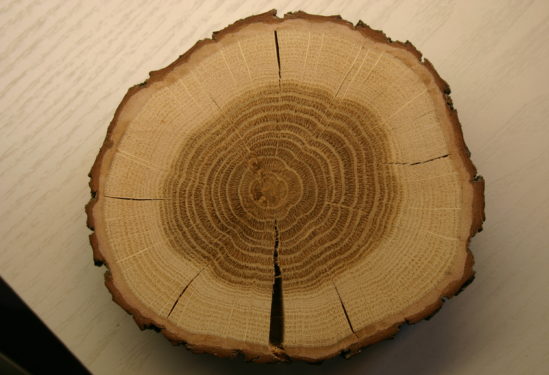In order to provide acceptable estimates of biomass and wood growth in forests, forest growth simulators require regular checking of their plausibility, reliability and prediction accuracy. This is especially true when there is a fundamental change in system behavior, for example as a result of an environmentally-related “shift” in growth conditions, especially the water balance and the growing season.
The goal is to predict future forest structure by updating existing models.
Subtasks:
- Updated growth trend analyzes for the main commercial tree species: Norway pine, sessile/pedunculate oak and European birch – location-related, stock-dependent and under different climate scenarios in the landscape area.
- Re-parameterization of existing growth equations
- Adaptation of the forecast tool regarding radial growth functions for climate-sensitive simulations of stand growth and the resulting wood yield formation.
The analyzes relate to typical pure stands as well as complex mixed stand situations of the three main tree species. In model stands typical for the region, the development of the increase in diameter and height in different social tree and diameter classes is examined in more detail. The future population development can then be estimated based on the annual growth of tree rings and the filtered weather signals – combined with scenario-based trend analyses. The climate-driven growth trends of tree species and locations within the region can be compared. The following questions must be answered:
- Which local and climatic factors control the growth of individual trees and stands?
- Which predictors can be filtered out and are suitable for realistic, accurate growth forecasts?How does the volume performance of real forest structures compare to the theoretical expected values? What explains the deviation between observation or measurement and the model data obtained?
- What systematic biases exist? How do different climate scenarios affect the growth behavior of individual tree species and selected forest stands?
Partner
Landesbetrieb Forst Brandenburg (LFB)
Project Funding
Ministerium für Land- und Ernährungswirtschaft, Umwelt und Verbraucherschutz des Landes Brandenburg (MLEUV)



